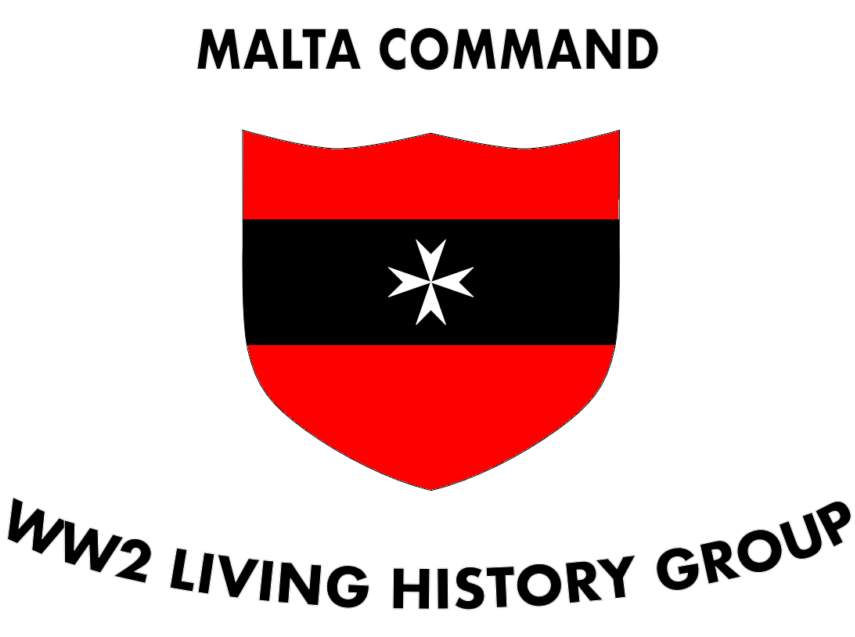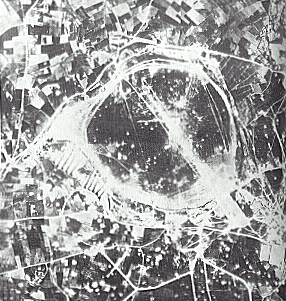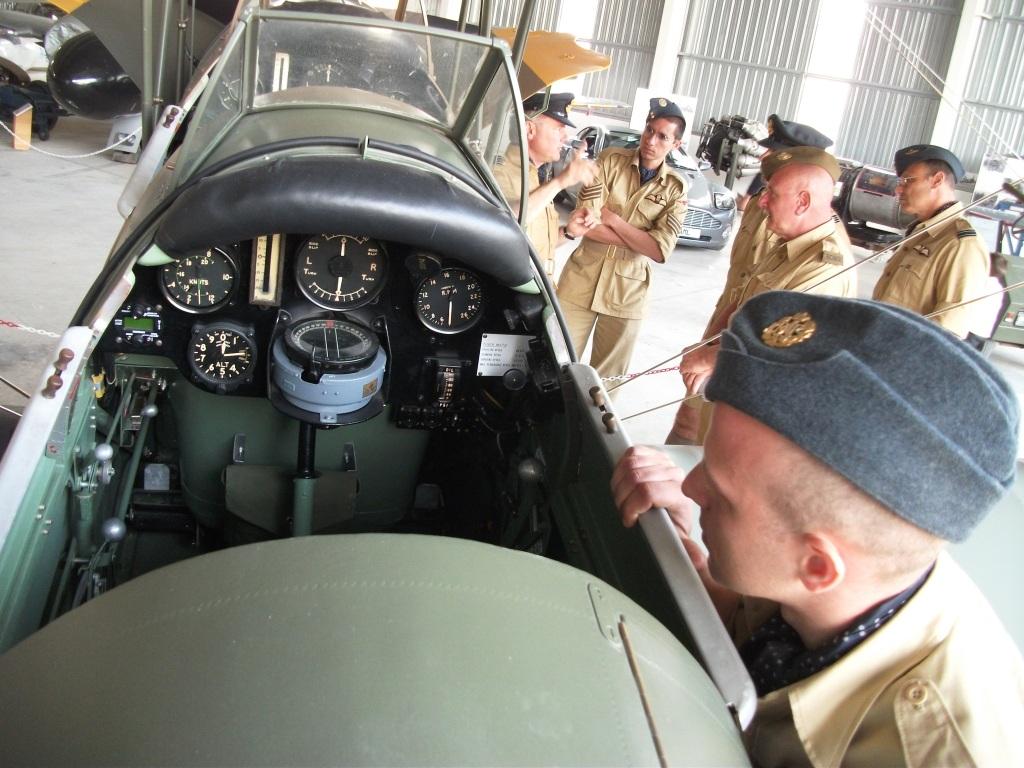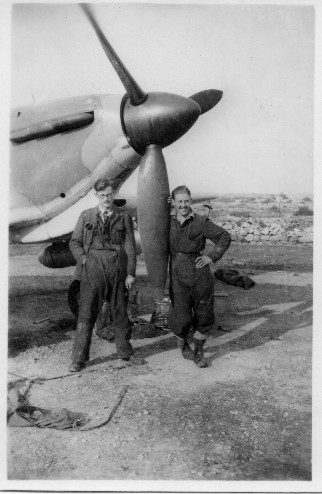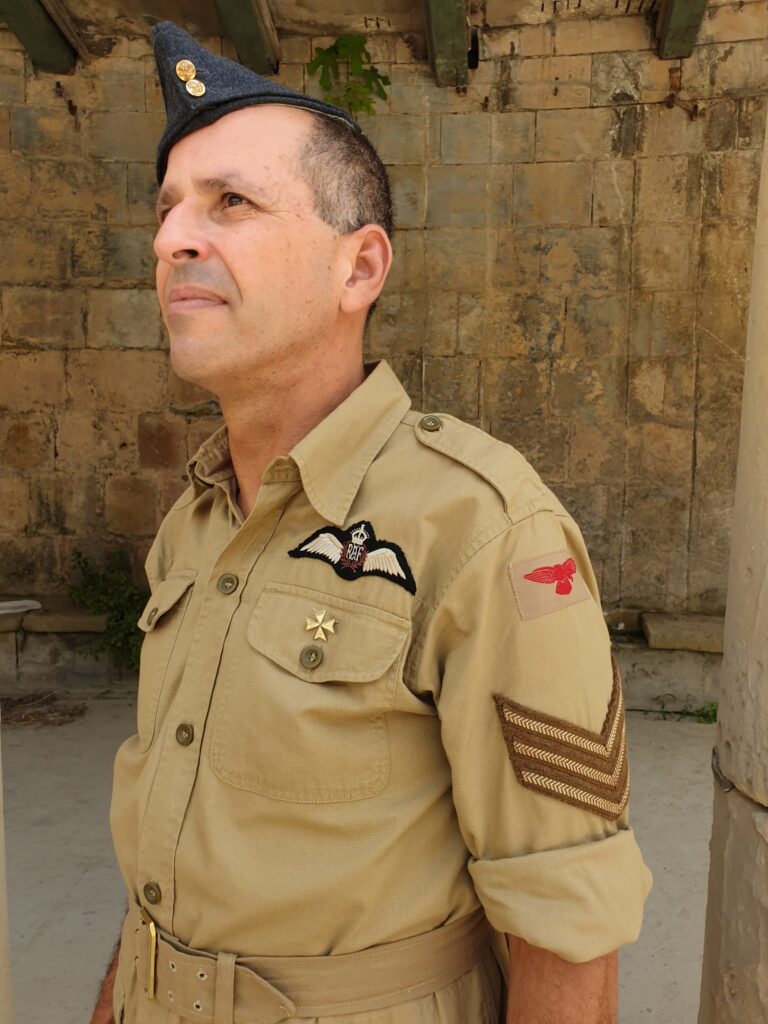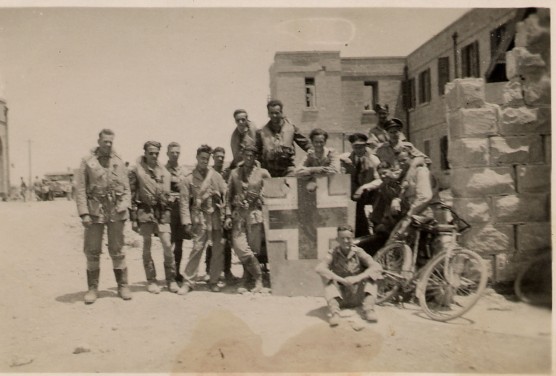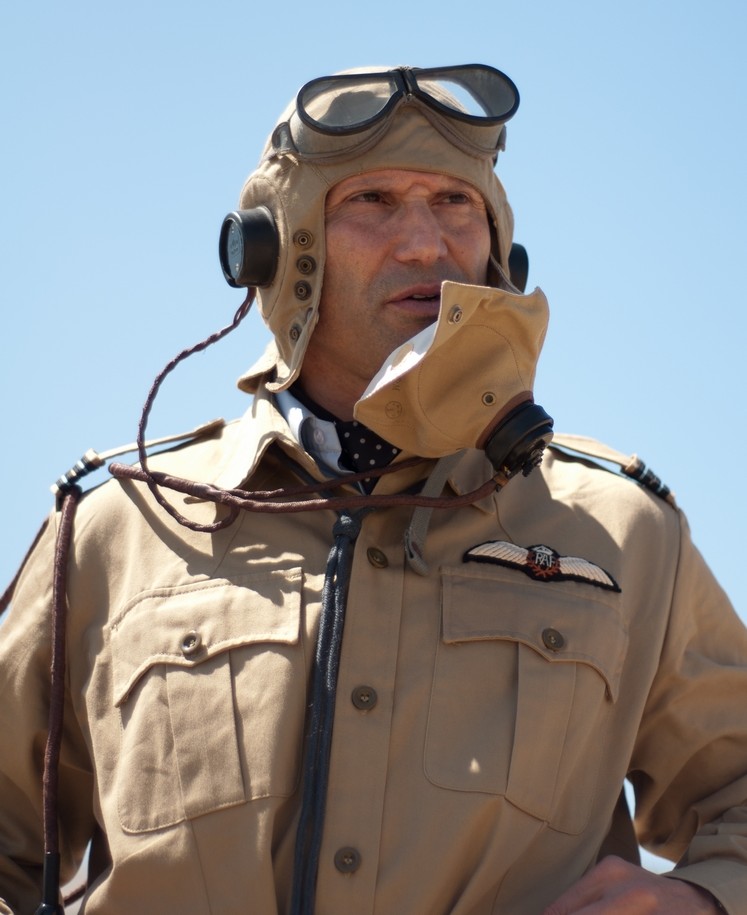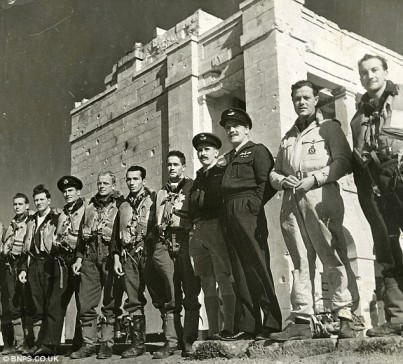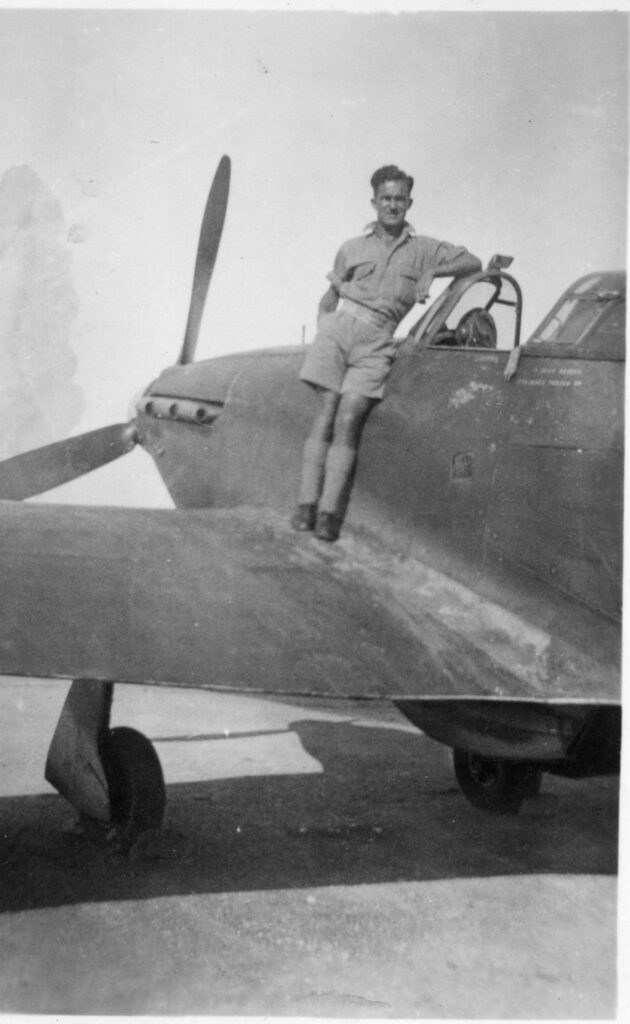By the time World War 2 broke out, it had already been realised that fighter aircraft would have to play a vital role in the defence of Malta. It was estimated that at least four squadrons would be required for the aerial defence of the Islands, yet not a single fighter aircraft had reached the island by the time Italy declared war on the 10th of June 1940. In fact only in March, had the AOC been given permission to utilise 7 Gloster Sea Gladiators, which had been left on Malta by the aircraft carrier HMS Glorious. These aircraft formed the first ‘Hal Far Fighter Flight’ and went on to become the legendary ‘Faith, Hope and Charity’ planes everybody knows about. These were later joined by Hurricane Mk.Is forming up Malta’s first fighter squadron; No.261. This was later reformed as 185 Squadron.
For 29 months during the darkest days of the war, the island of Malta endured an unrelenting siege. Cut off and almost written off, Malta endured and survived despite all odds. As in the Battle of Britain, Malta was defended by literally a handful of fighter units that were opposed by a numerically superior enemy force that threatened invasion at almost any time. Unlike in the Battle of Britain however, the odds greatly favoured the Luftwaffe and Regia Aereonautica, the siege lasted much longer and the RAF pilots involved endured greater stress and physical hardship when out of the cockpit. Indeed, Stan Turner, an RAF Ace who operated from Takali airfield in 1942, summed up his Malta experience in just four words – ‘It was a bastard!’
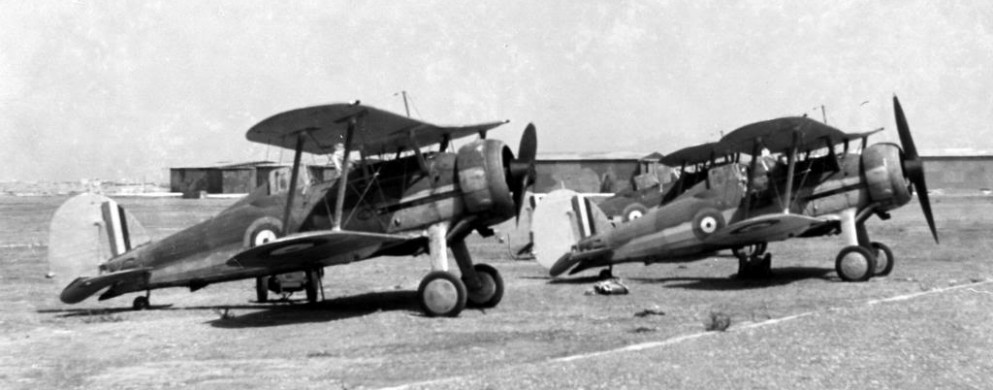
RAF 185 Squadron – ”Ara Fejn hu”
185 Squadron was the longest serving of all the wartime fighter squadrons on Malta.
The Squadron went through three very different incarnations during the Second World War.
It began on 1 March 1938, when it was formed in the bomber role at Abingdon from ‘B’ Flight of No 40 Sqn. Initially equipped with Hinds, these were replaced by Fairey Battles in June 1938 and in their turn by Hampdens in June 1939. However, it was destined not to become operational, being used as a training squadron and eventually merged into No 14 OTU on 5 April 1940.
The second incarnation began to form on the same day but its existence was short-lived, disbanding on 17 May 1940.

The 185sqn Badge
Badge artwork by Richard J Caruana
In front of a Maltese cross, a griffin segreant.
The badge was selected by the squadron during the severe enemy air attacks on Malta. The reason for the griffin was that this mythical animal – half eagle and half lion – was Indicative of the co-operation between the air and the ground crews in the defence of Malta during that difficult period.
The squadron’s motto is a tribute to the Maltese population which gallantly bore the brunt of the enemy’s attacks. During aerial dog-fights it was common to hear Maltese onlookers calling ‘ara fejn hu!’ when spotting our aircraft in the sky.
‘Ara Fejn Hu’ – ‘Look where it is’
Just less than a year later on 27 April 1941 No 185 reformed for the third time, this time in the fighter role on Malta as a fighter squadron expanding from C Flight of No 251 Squadron with ground personnel from Nos. 251 and 261 Squadrons and No. 1430 Flight.
Equipped initially with Hurricane Mk.Is, the squadron met the Italian raiders with success, but later, though equipped with Hurricane Mk.IIs, victories became harder to come by with the reappearance of the Luftwaffe in the skies over Malta.
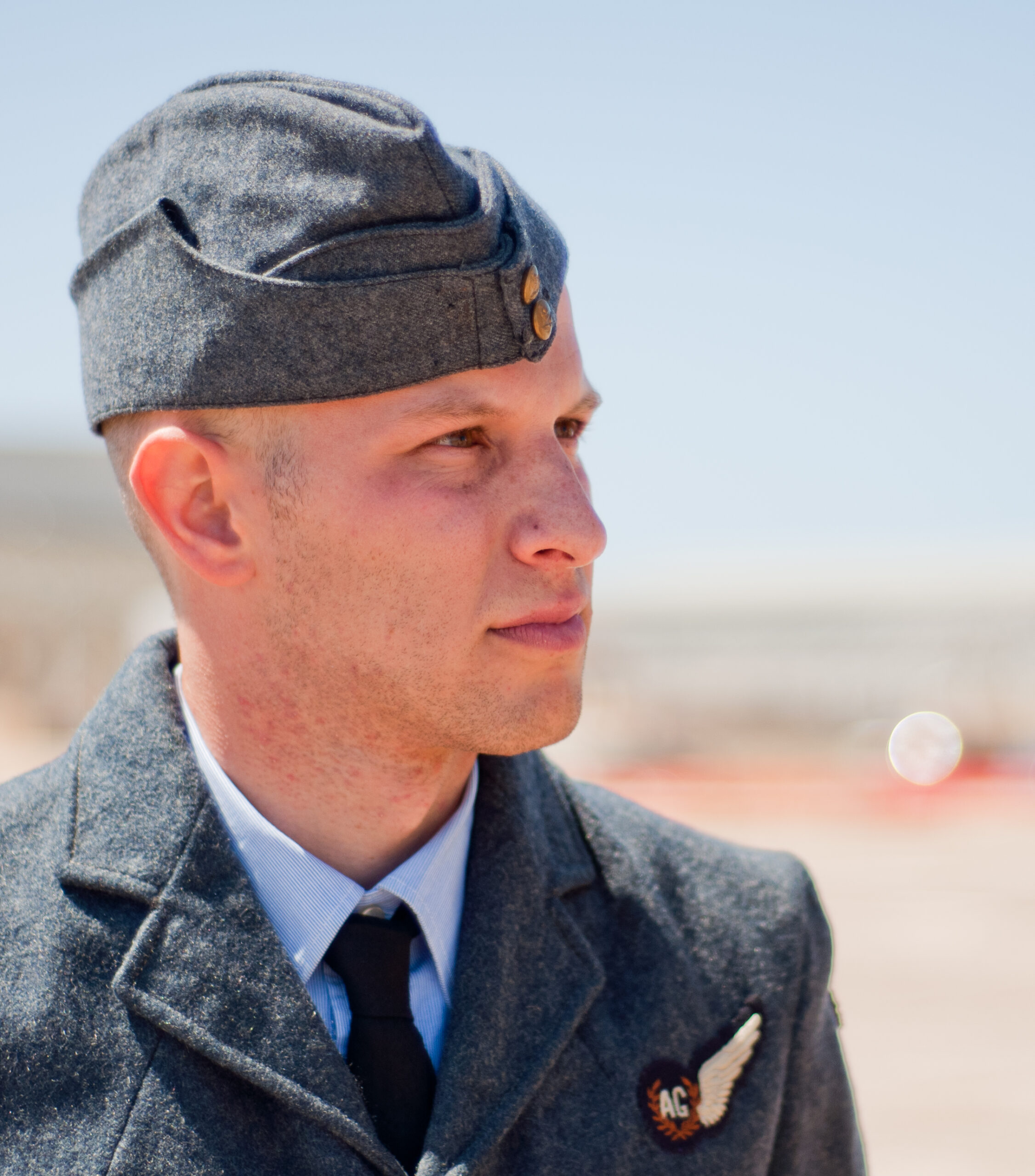
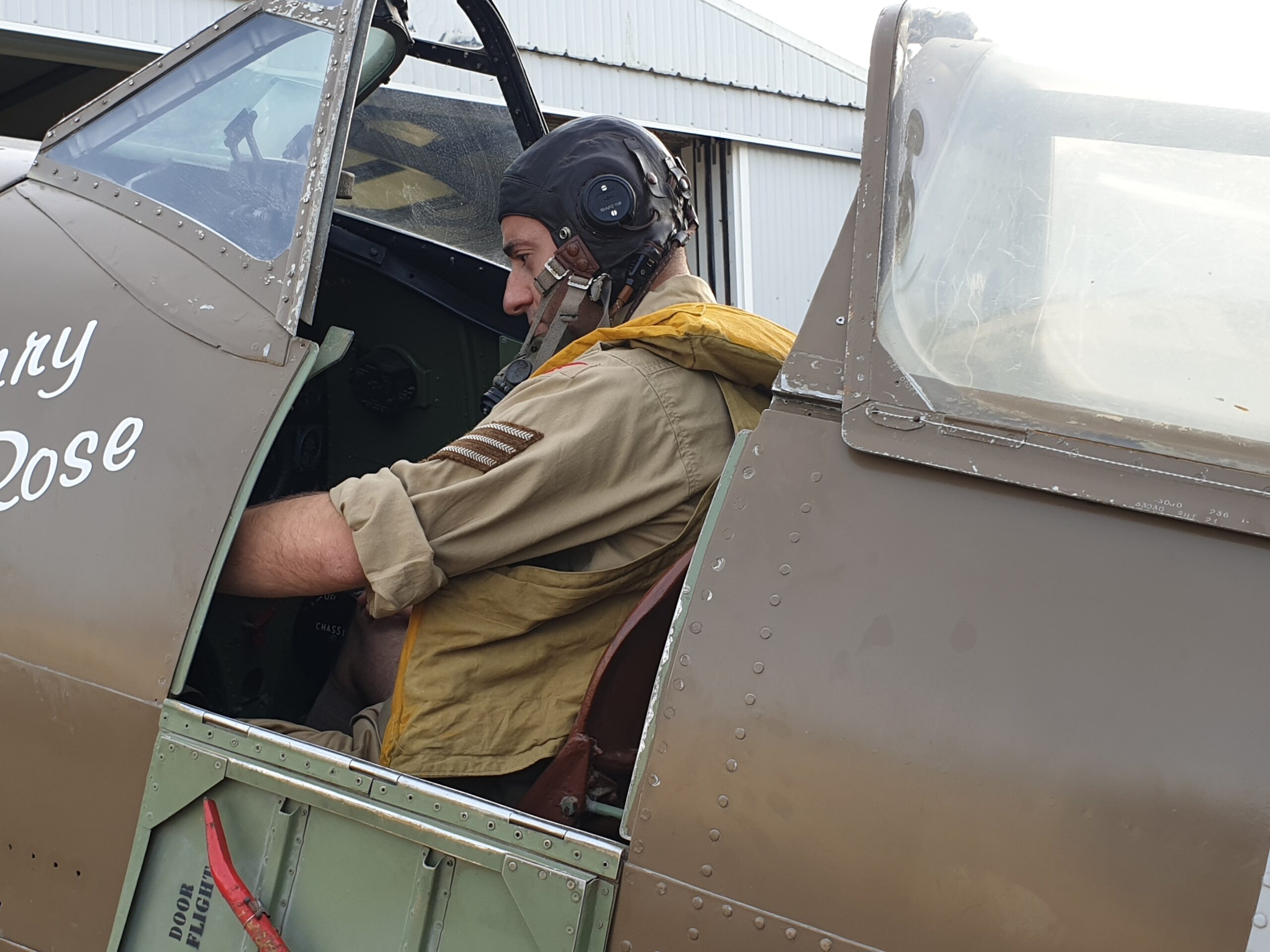
The year 1942 kept the Squadron on the alert with frequent scrambles and convoy patrols whenever a relief convoy fought its way to the Island. In May, No.185 received its first Spitfires and by June was completely re-equipped. These were a great help and in the following months more offensive flying took place with ‘Hurri-bomber’ escorts and fighter sweeps. This continued until the end of the year when it resumed fighter-bomber work. By now the Squadron was almost entirely on sweeps and bomber escorts in preparation for the invasion of Sicily as part of No. 322 Wing.
In July 1943 the Squadron acted as part of the fighter cover for Operation Husky, the Allied invasion of the island.
From February 1944 until the following August, the squadron provided a detachment for air defence duties in the Taranto area as well as offensive operations against targets in Albania, when the remainder of the squadron joined it from Malta.
The squadron continued to provide air support to the Allied armies as they advanced up the Italian mainland eventually disbanding at Campoformido on 19 August 1945.
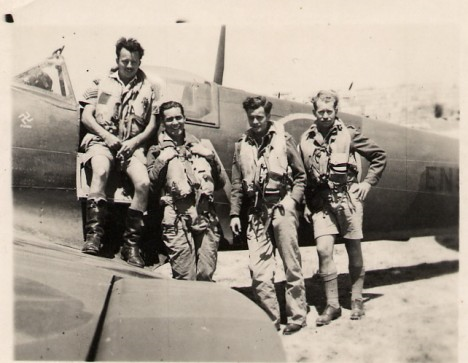
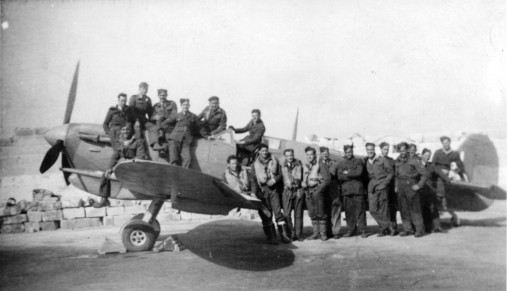
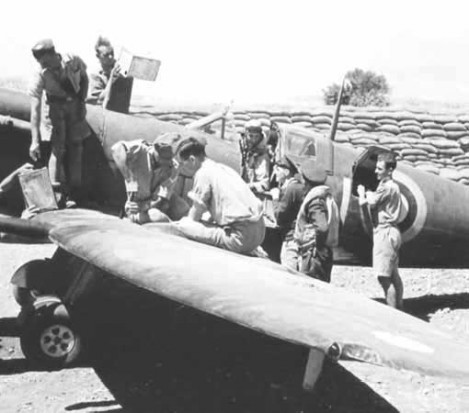
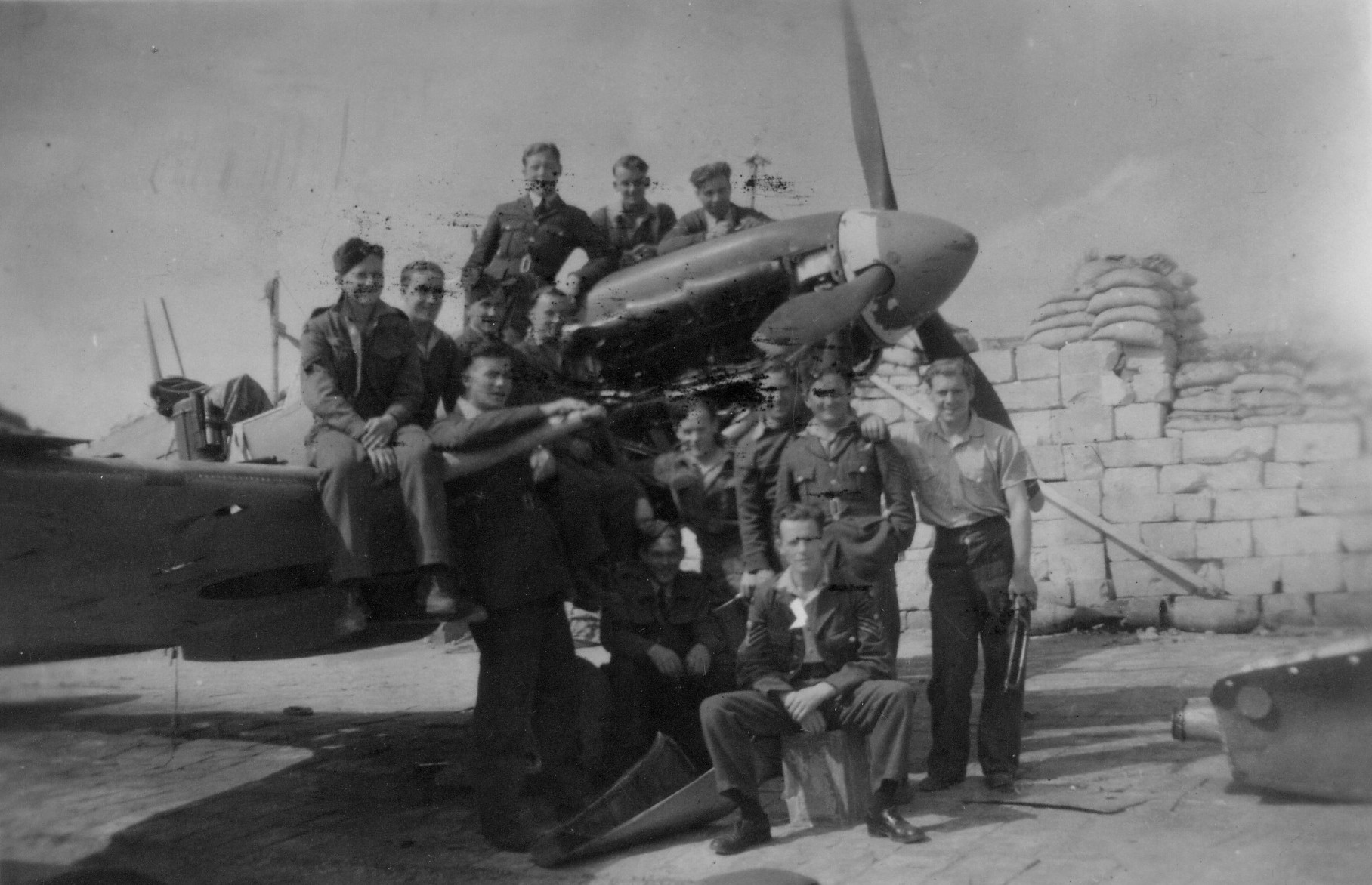
Malta wartime air fields
RAF – HAL FAR
Hal Far airfield was the first to be built on Malta. Its origin stemmed from the need for an airfield on the island at which to disembark the Fleet Air Arm’s wheeled aircraft in the 1920s. This airfield was soon upgraded to an RAF Station in 1929. The airfields stony surface was liable to get waterlogged during wet weather, this resulted in four flight paths being added to the airfield during the war which allowed it to be used by bombers too. Hal far was to experience heavy bombing throughout the war resulting in much damage to the station’s buildings, runway and barracks.
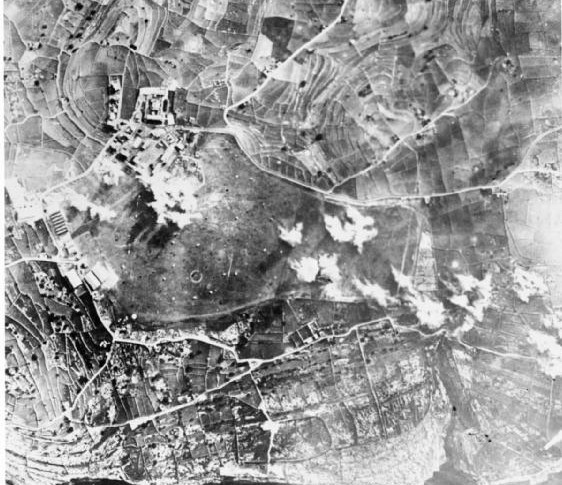

During the war in fact, Hal Far was one of the main targets for the Luftwaffe and the Regia Aeronautica. On July and August 1940 in the beginning of the Siege of Malta, the Italian air-raids managed to damage several of the Gladiators belonging to Malta Flight. As the raids intensified during 1942 more damage was inflicted on the airfield and the squadrons present on the airfield. On one particular attack on Hal Far by Junkers Ju 88s , a Fairey Swordfish was badly damaged. Further raids during January 1942 resulted in the destruction at Hal Far of two other Swordfish and a Blackburn Skua, and damaged 15 Hurricanes, three other Swordfish and a Fairey Fulmar. Further damage to aircraft, airfield buildings and loss of personnel resulted during attacks in 1942 and 1943, with the last bombing being recorded on 21 May 1943.
Hal Far had been the first Maltese airfield to be bombed on 11 June 1940. During this period, 2,300 tons of bombs were dropped on the airfield, nevertheless it was never made unservicable, due to the great competence of the airfield repair parties. On the airfield itself the ground crew casualties numbered 30 killed and 84 injured. Various officers and Maltese civilian employees were awarded awards for their courage and bravery in the face of enemy action.
